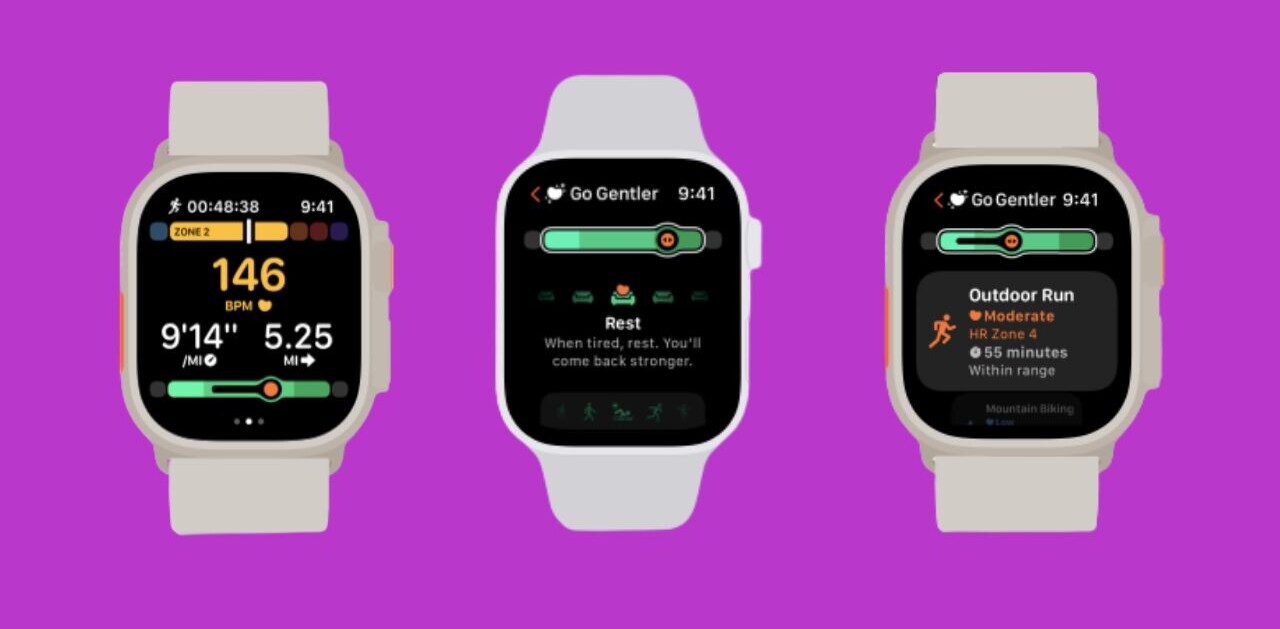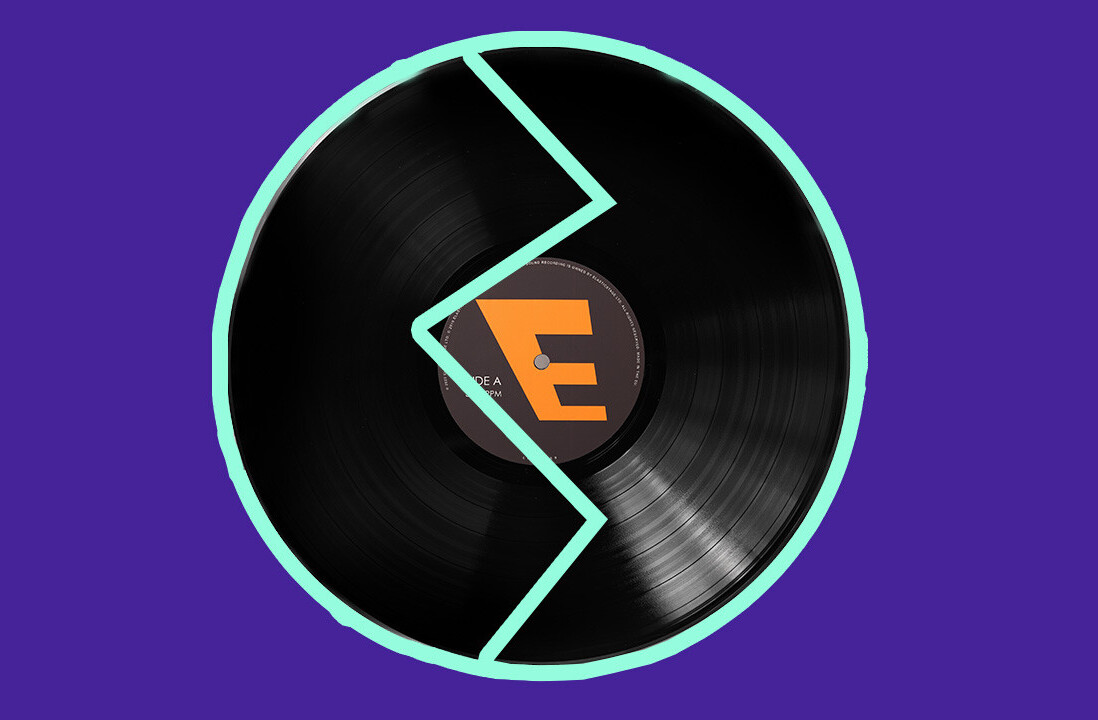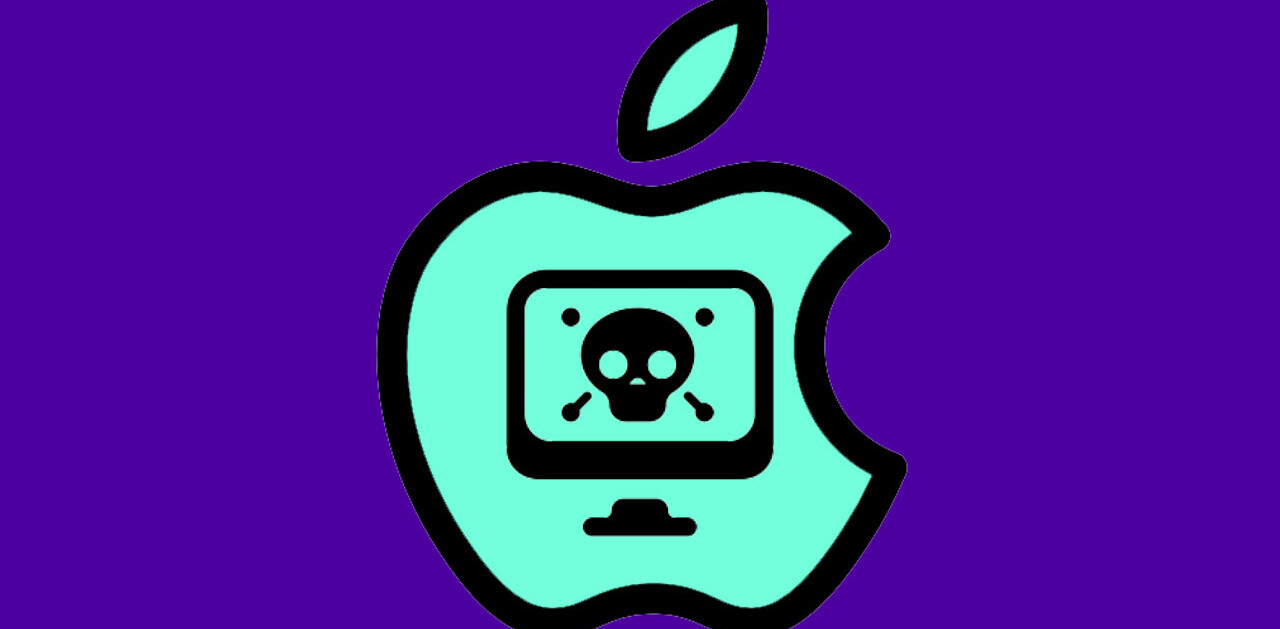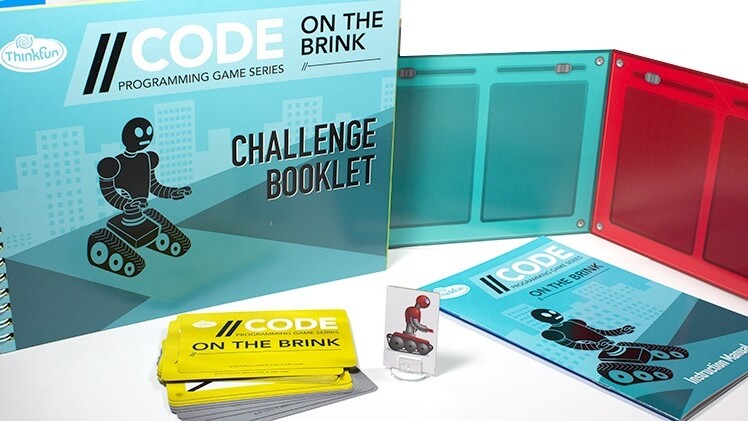
Basic coding fundamentals are no longer optional for high school graduates who want to excel in the modern workforce. Every child won’t grow up to be a developer, but the ability to understand how computers and AI work is important in almost every industry – and becoming more so every year.
Luckily, there are tons of gadgets, games, and resources designed to disguise programming lessons as fun recreational activities. Finding the right way to motivate your child can make all the difference, so here’s a few options broken down by age group.
Ages 5 – 8
In this age group experts recommend lots of hands-on activities. There are, of course, thousands of educational apps and programs, but nothing gets little ones jazzed up like a robot.
We managed to test out several robots for children that were designed to help teach fundamental coding skills and here’s a few of our favorites:
Evo: We reviewed this Ozobot robot recently and, while it’s the smallest one on this list, it’s one of our favorites. Instead of using a smartphone or remote control, children draw lines with different colored markers to ‘program’ Evo. It can also be controlled with a phone or tablet, and it supports a drag and drop programming language, but the tactile sensation of ‘coloring’ with markers is a fantastic way to relate logic problems to children.
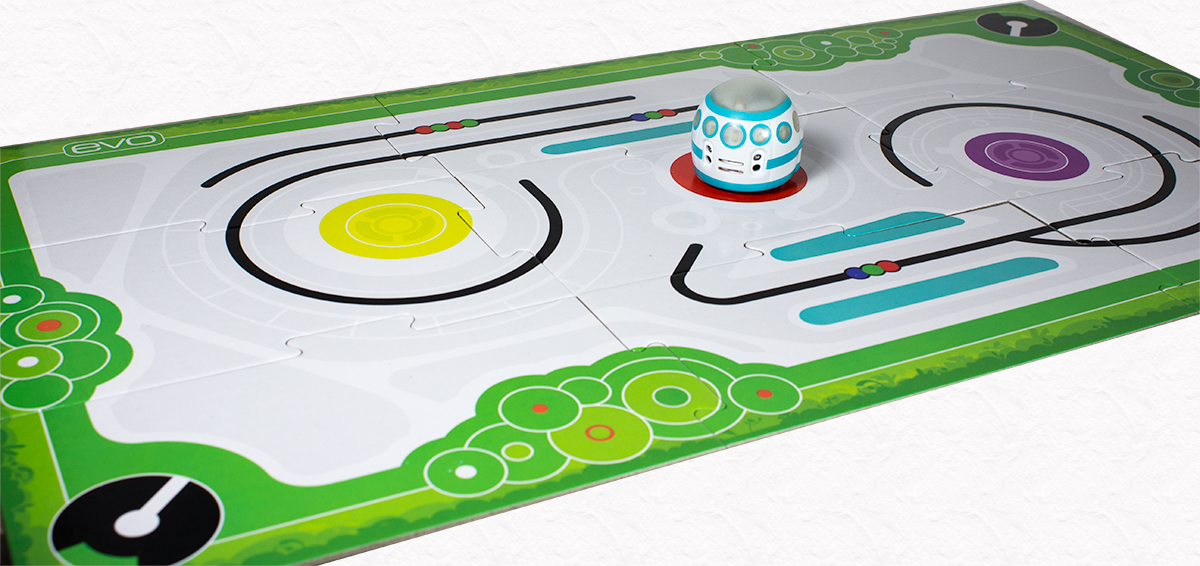
Cue: In our review of Wonder Workshop’s Cue we pointed out that what separated it from its peers was its personality. It comes with your choice of several attitudes, all of which are fun and positive, but distinct. Younger kids will get a lot more mileage out of Cue’s personalities than preteens and teens, but it’s still a premium quality robot toy for any age. Kids can learn programming skills and create routines for their robot complete with sounds and lights.
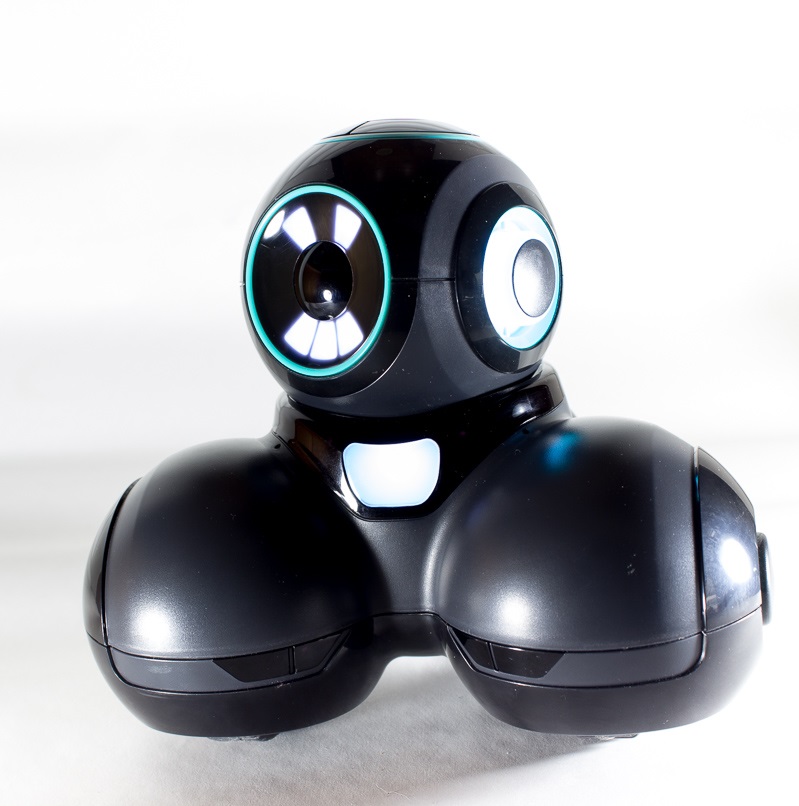
Ages 8 – 12
Older children will likely be more inclined to enjoy more complex toys and games, but any of the above offerings are also perfectly appropriate for big kids (and adults, if you ask us).
Kamigami: Insect-like robots that kids put together by folding plastic together. These fully-functional robots are superior to much more expensive toys in many respects and feature an easy to learn programming interface. These robots teach kids several STEM skills – and if you get a couple of these robots together they interact. These are fine for smaller kids too, but they may struggle with the plastic rivets. Read our full review.
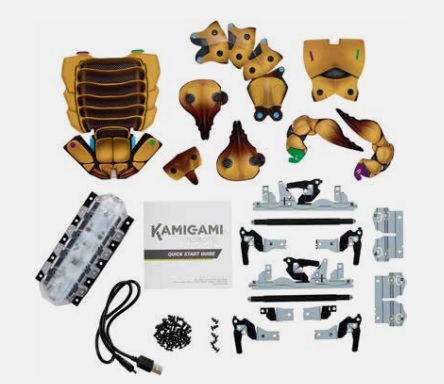
Code: Board games from ThinkFun. These are a special offering because, like the Ozobot, they don’t require any apps or screens to play. They come in several options and are popular with educators who want to introduce the fundamentals of code to children. Not only are the fun to play, but they’re a great learning tool for parents and children to play together (even if someone’s been grounded from phones and TV).
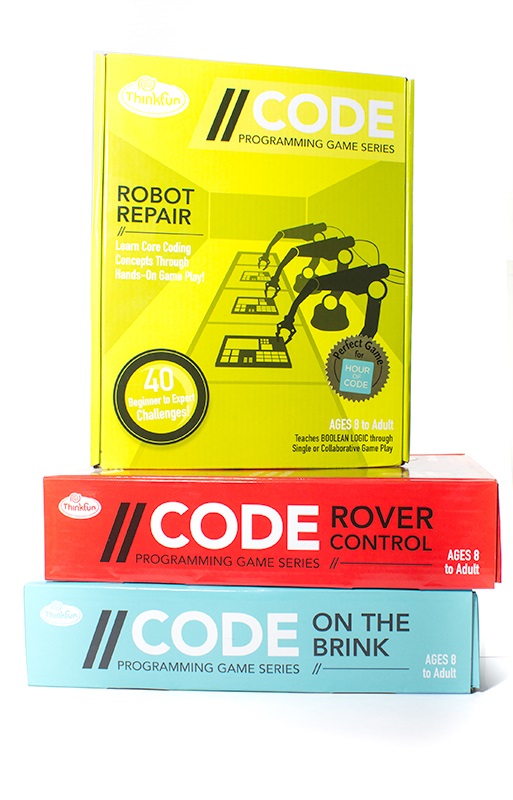
Once your kids are teens they should be learning computer programming in school – according to experts. We encourage you to contact your child’s schools to make sure it’s teaching your children what they need to know.
For more ideas: the excellent Hour of Code website lists hundreds of educational games and activities, many of which can be played in a browser, and all come highly recommended by experts and educators.
Get the TNW newsletter
Get the most important tech news in your inbox each week.

